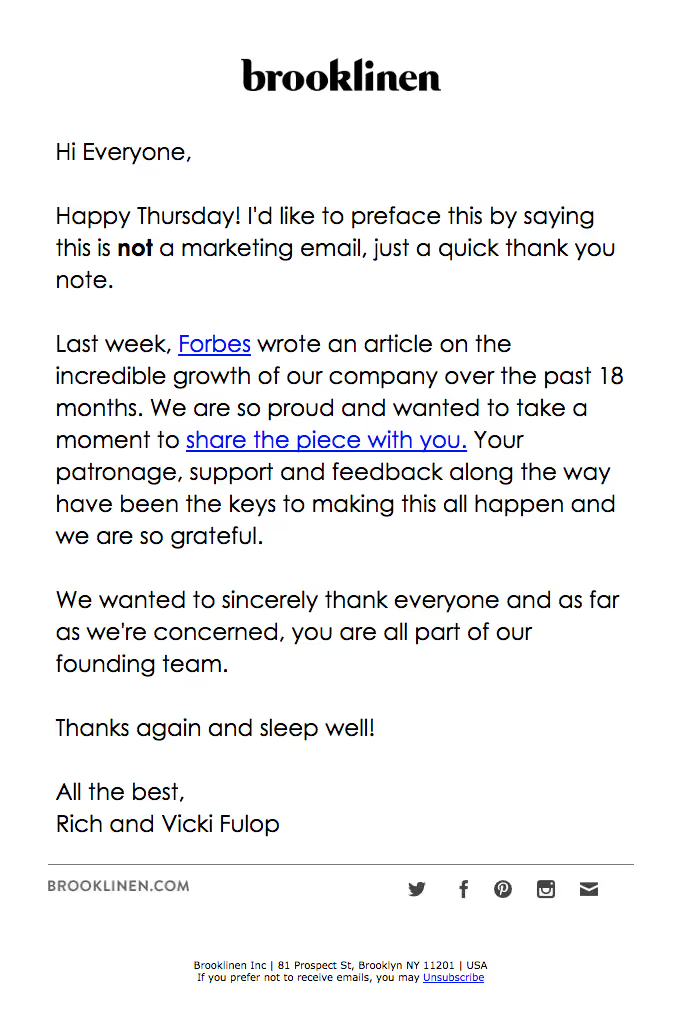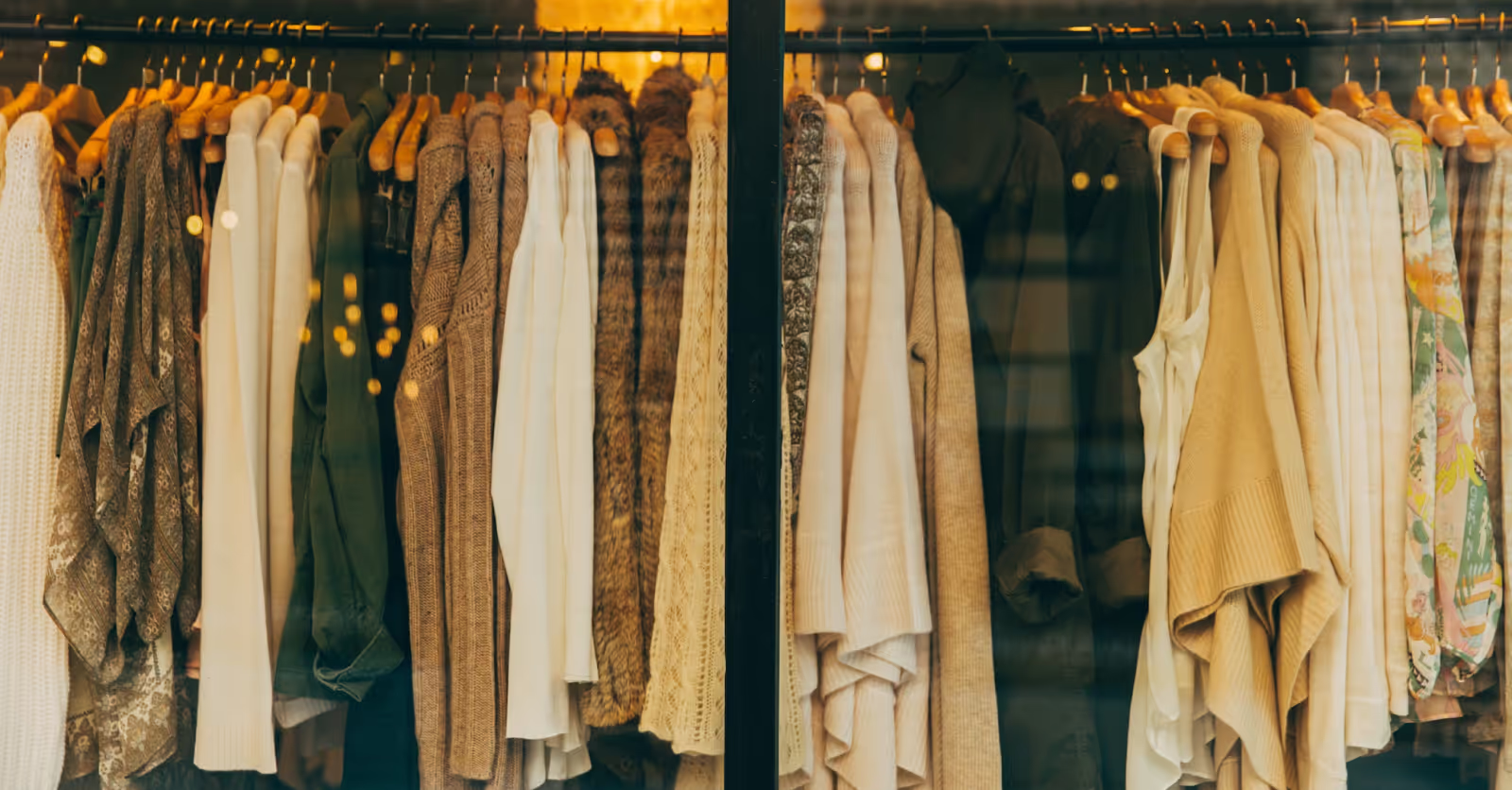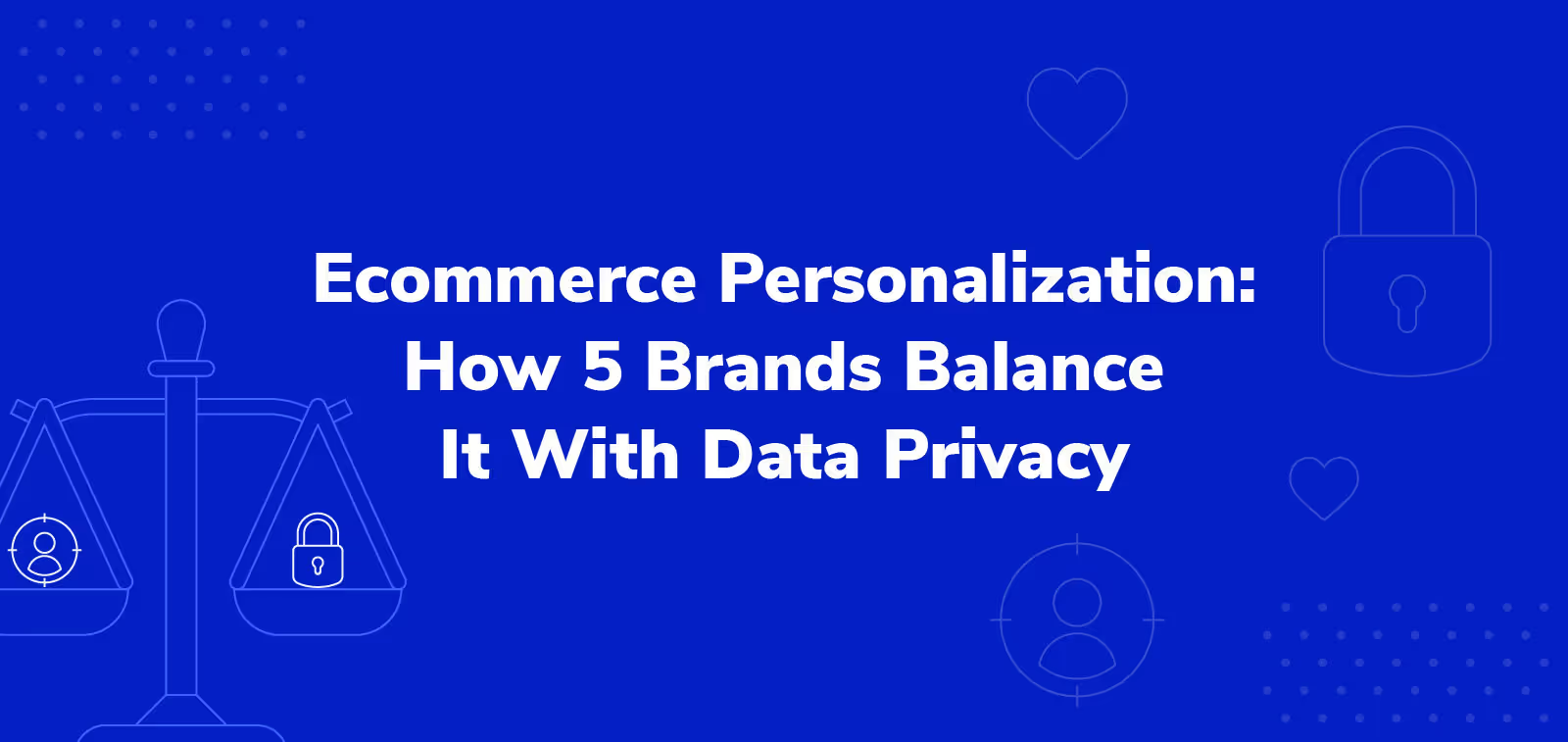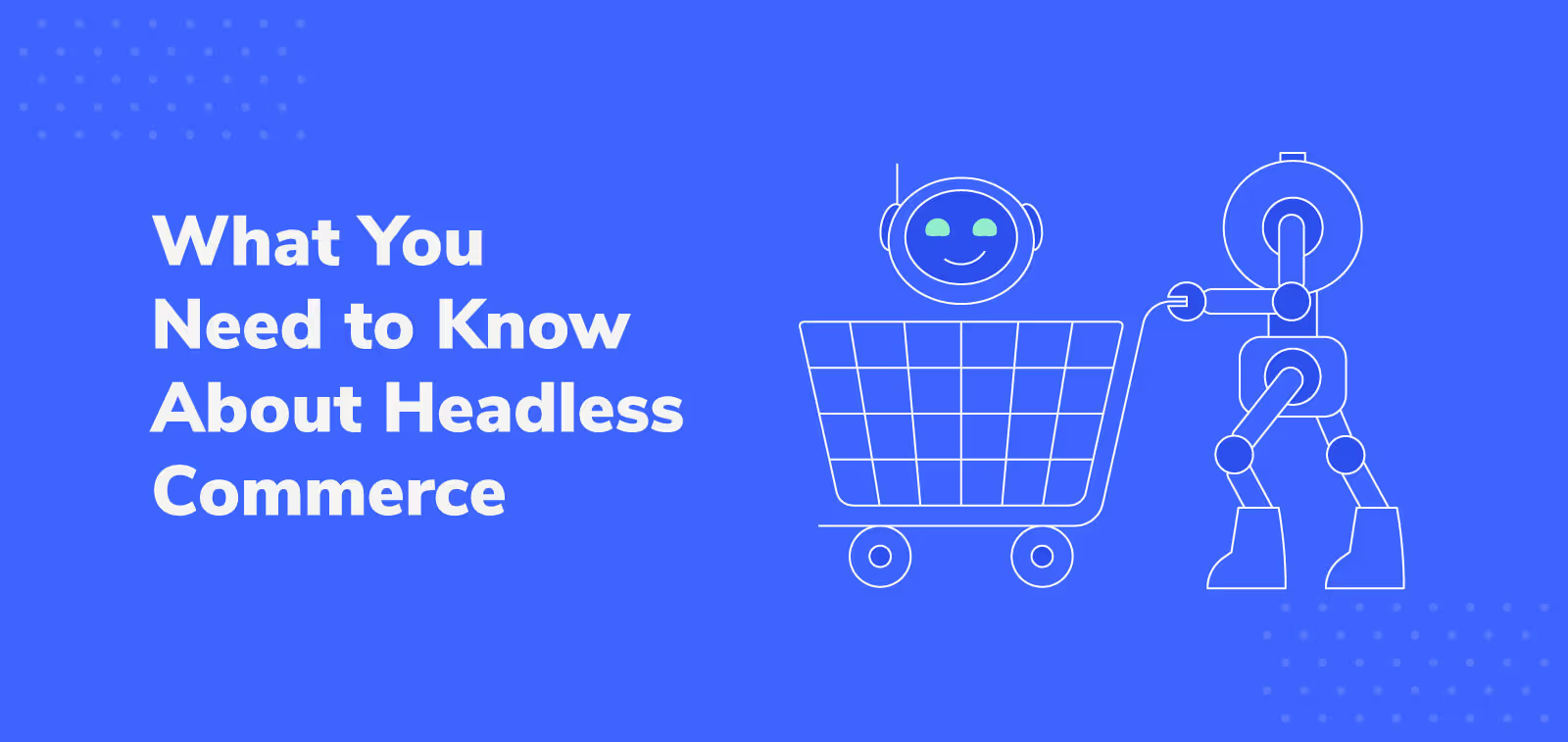8 Post-Purchase Email Examples to Inspire Your Next Send

Your email inbox is probably full of order confirmation emails, shipping updates, and other notifications from ecommerce businesses. But when was the last time you bought something online and received a thoughtful, personalized email afterward that really stuck with you?
If you think back, the most memorable emails probably inspired your next purchase. Marketing emails have the power to influence customer purchase decisions — but a mass email blast probably won’t do the trick.
Today, marketing personalization has become the standard, not the new frontier. According to research reported by Forrester, 72% of consumers say they only engage with marketing messages relevant to their own interests. One way to create an experience unique to each customer is through post-purchase email campaigns.
Learn how to build on the excitement of placing an order and drive additional sales with these post-purchase email examples. We’ll break down how major ecommerce brands keep customers coming back with these messages.
1. Order confirmation
An order confirmation email is your first opportunity to nurture customer relationships after they make a purchase and stand out from other brands. This message typically covers the item(s) purchased, cost, shipping address, order number, and contact information.
But why limit yourself to the basics? Transactional emails like order confirmation messages already have higher-than-average open rates — often around 80 to 85%, compared to about 20% for promotional emails — so this is your chance to show off your brand’s personality early on in the customer journey.
To differentiate yourself from other businesses, add a brief message unique to your brand, like your mission statement or helpful product tips. By injecting some personality into your emails, you’ll show customers they actually have something to look forward to when they see an email from your brand.

The wellness brand Blume uses their order confirmation email sequence to build up excitement about their products. They mention free recipes and giveaways available to their social media followers to boost customer engagement. They also include a product review to show customers what to look forward to, along with recommendations for similar products.
Notice how Blume connects people with helpful content — like recipes featuring their products — that will actually improve the customer experience. Even the review snippet includes ideas for using their products while highlighting some customer love.
2. Plain-text thank you
Remember when emails were limited to only words, no flashy banners or animated graphics? A plain-text email will be a pleasant surprise to your customers, who have possibly become desensitized to the slew of images found in many ecommerce email campaigns.
Leave a lasting impression on customers with plain-text thank-you emails that are:
- Short: Limit yourself to a couple of short paragraphs so your customers actually read the entire message.
- Direct: Don’t beat around the bush. Be specific about what you’re thanking your loyal customers for: their support, feedback, or contributions to your brand’s community.
- Thoughtful: Emphasize that this email is about appreciating your customers without asking for anything in return, and they’ll feel like they made the right decision to buy from your brand.

Take the post-purchase email example above, where the bedding and homewares brand Brooklinen used an article about the company’s growth as an opportunity to thank their customers for their support. They made it clear in the subject line that this isn’t a marketing email so customers don’t expect promotional content. This attention to detail goes a long way in making the customer feel like the brand respects their time. They also signed off with the founders’ names to add a personal touch, which makes customers feel like the brand truly cares about them.
3. Product tutorial
When a customer places an order, it’s tempting to immediately send them a follow-up message that pushes more products on them. The truth is a salesy email often repels shoppers.
Bring them back to your brand by offering something valuable — like an email that breaks down how they can get the most value out of the products they ordered. When you send a follow-up email with helpful information about your products or services, you enhance the customer experience and create a positive impression of your brand. Adding this content to your post-purchase email flow is especially useful if your product requires specialized knowledge.

An educational post-purchase email is an excellent opportunity to share your existing blog content and social media posts with customers. In this post-purchase email example, Dossier repurposed their guide to applying perfume for their email marketing strategy. Instead of promoting their products, Dossier linked to their blog to give customers more educational content, not another sales pitch.
4. User-generated content
A recent study found that 80% of consumers are more likely to purchase from an ecommerce brand if its website features photos and videos from actual customers, known as user-generated content (UGC). That’s because people tend to trust other people’s opinions over a brand’s marketing messaging. Build customers’ confidence in your products by sharing user-generated content in post-purchase emails to showcase your products without delivering an intense sales pitch.
To start collecting user-generated content:
- Create social media campaigns with branded hashtags.
- Post about these campaigns regularly to encourage customers to post photos, videos, and testimonials about your products.
- Promote these campaigns via email and social media, and offer your customers an extra incentive for posting user-generated content, like a discount code.
Note: check with your legal counsel before getting started with UGC to make sure your brand and customers are protected.

The boutique river cruise brand U River Cruises featured customer photos and reviews in the post-purchase email above to show subscribers that their tour is worth paying for. When people see that others have enjoyed the experience, they’ll likely feel inspired to try it for themselves.
Consider making your own content, like unboxing videos or tutorials, to inspire your customers to post user-generated content. You can use short-form video platforms, like Instagram Reels and TikTok, to create simple content that shows the best ways to use your products and boosts customer engagement.
5. Upsell/cross-sell
If a customer has already bought from your brand, the right product recommendations may be enough to tempt them to make another order. Encourage another sale by adding personalized product suggestions to your post-purchase email sequence.
Use customer browsing behavior and purchase history data to personalize each message’s recommendations. You can even set up email automation by integrating your email and ecommerce platforms.

In the post-purchase email example above, Grammarly promotes a limited-time offer for a discounted subscription with a side-by-side comparison of the free and premium features. This upsell highlights the value of a paid subscription for existing customers who already use Grammarly and are more likely to consider upgrading.
Another cross-selling opportunity is emailing customers about product protection plans right after they place an order. Even if they didn’t add a plan when they made their purchase, an email that describes the benefits of product protection may convince them to add it to their order. Product protection also drives revenue growth: data shows that brands offering product protection can see purchasing volumes increase 11% or more. This value-added service reassures customers that your brand will stick around if they need help, which builds trust and customer loyalty.
6. Refill or subscription reminder
If you offer replenishment services, send out reminder emails so customers aren’t surprised when the shipping confirmation email arrives. This type of email includes refills, subscriptions, and other recurring orders. If you’re transparent about customers’ upcoming orders, there’s a good chance they’ll keep their subscriptions. On the flip side, an unexpected charge could push them to cancel.
When designing your subscription reminder emails, make it easy to skip an order, change the delivery schedule, or cancel the subscription entirely. A customer who can quickly pause their subscription by clicking a link is much more likely to buy from your brand again than someone who had to jump through hoops to do the same thing.

This reminder email from Fullscript includes information about the subscription items, when they were last ordered, and related products. This message gives customers control over their subscriptions, making them more likely to trust Fullscript and keep their membership.
7. Survey or feedback request
After customers have had time to test out their purchases, follow up with a request for feedback. This message can be as simple as emailing a Net Promoter Score (NPS) survey or something more complex like a custom survey.
Whatever type of survey you send, design one that’s easy to fill out so customers are likely to complete it. Be sure to explain how their feedback improves your products to encourage their participation.

The rideshare company Lyft’s feedback request email above clearly states that the survey is short and offers the chance to win a gift card as an extra incentive for participation. When requesting customer feedback, don’t forget to share an exclusive coupon as a thank you for responding to surveys and leaving product reviews.
8. Customer loyalty program
After a customer makes their first purchase, promote your loyalty or rewards program with an email. When new customers understand the perks of your program, they’ll likely be more motivated to make another purchase.

The fast-casual restaurant chain Chipotle promotes its customer loyalty program in the post-purchase email example above by highlighting how repeat customers can earn extra rewards points. The email also links to pages where customers can order online or find a nearby location.
This type of email is also a great way to re-engage customers who haven’t made a purchase in a while. You can use customer segmentation to target people who haven’t bought from your brand in the past six months, then offer bonus rewards as an incentive to come back.
Delight your customers with a stellar post-purchase email experience
The post-purchase email is more than a basic transactional email — it’s your chance to build relationships with your customers and gently nudge them toward their next purchase. Take the time to create a post-purchase experience that surprises and delights your customers, and you’re sure to reap the rewards.
To learn more about how Extend can enhance your post-purchase experience and improve your bottom line, check out this short case study on Felix Gray. The eyewear and wellness brand leveraged product protection from Extend to increase conversions from abandoned cart emails — by 250%.
Aaron Sullivan is senior content marketing manager at Extend. He specializes in writing about e-commerce, finance, entertainment, and beer.
.svg)












































.avif)











